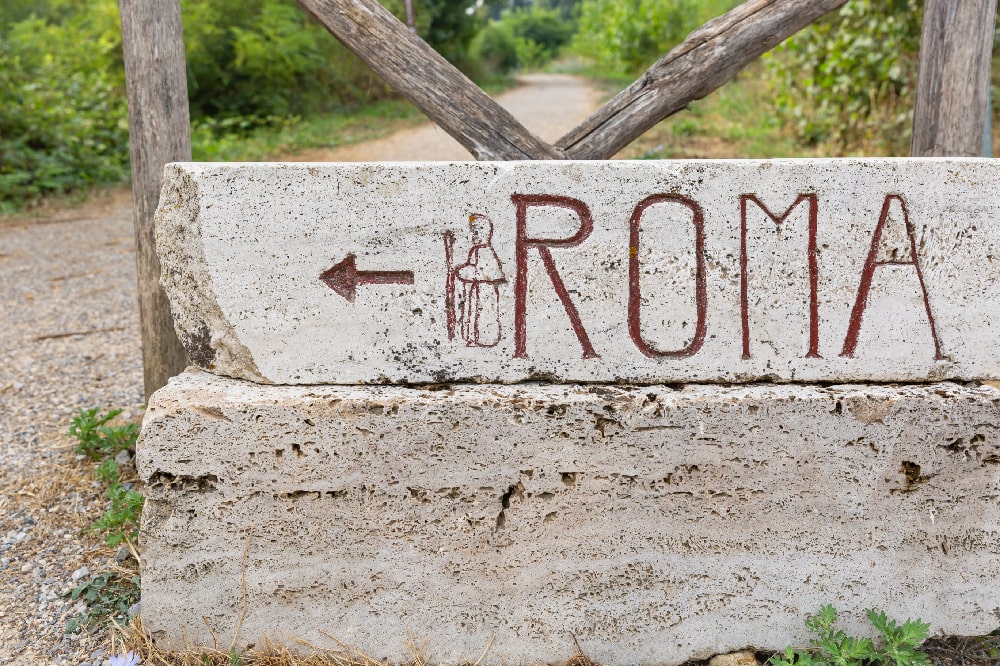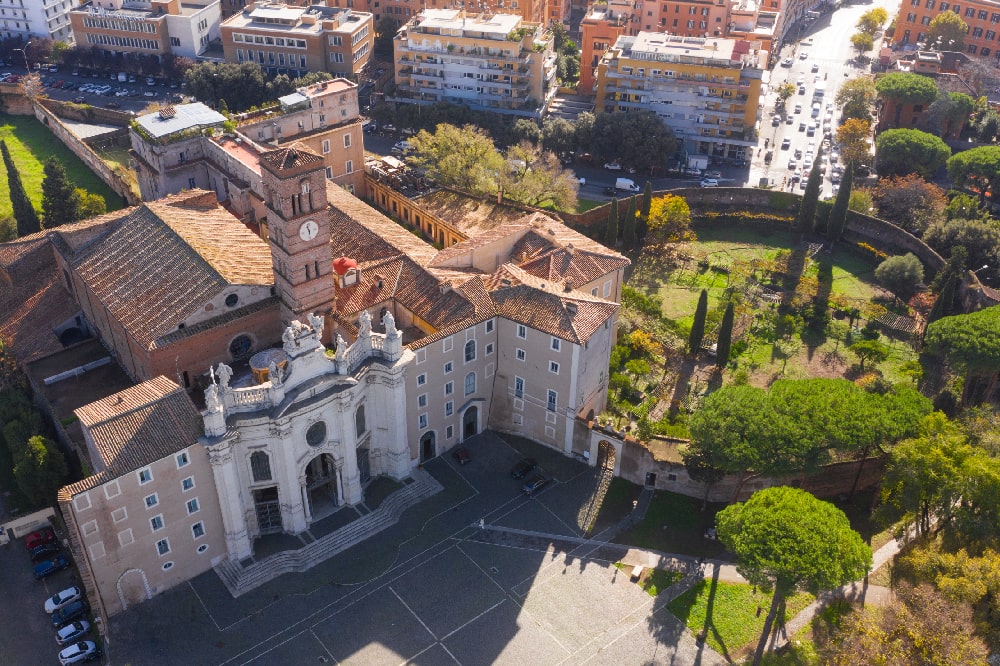Each year changes date but remains the most important holiday: in this article, you will find out how Easter is calculated in the Jewish and Christian world.
Contents
The most important feast of the liturgical year: Easter! Easter chocolate eggs, doves and rabbits brighten up the Easter period but for the Christian world, the true essence of Easter is Jesus’ victory over the dead and the salvation of all humanity from sin. Not even the forty days of Lent seem enough to prepare for such a great event! And speaking of liturgical times, all the movable feasts of the Church – which we talked about in a previous article – depend precisely on Easter.
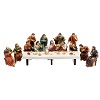
In this article, we will see what Easter means in the Jewish world and the Christian world, and how it is calculated in the different calendars.
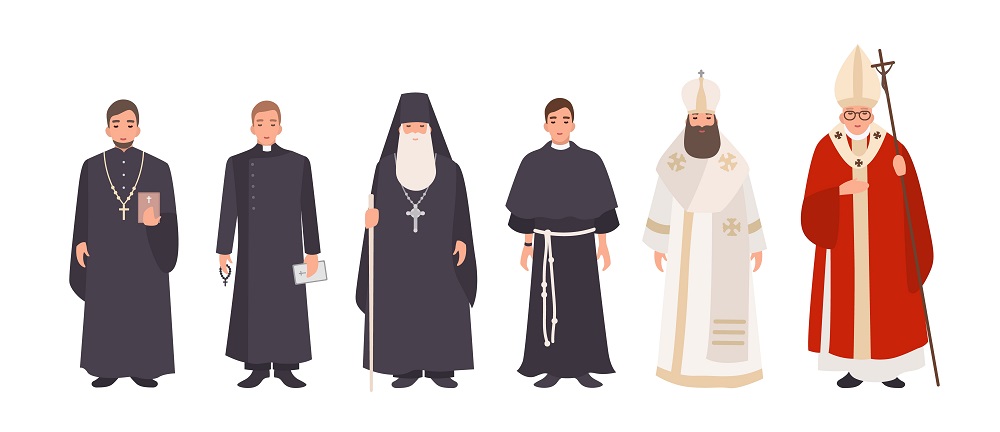
How is Jewish passover calculated?
Passover and Easter are linked by the history of the two religions. The events that gave rise to the Passover are those narrated in the book of Exodus: the liberation from the slavery of the Jewish people in Egypt and the beginning of the journey to the Promised Land under the guidance of Moses. The transition from slavery to freedom is considered one of the most striking examples of God’s intervention in the history of the Jewish people.
Passover – called Pesach – lasts eight days: it begins with the dinner celebrated on the night of the fourteenth day of the month of Nisan, which falls between March and April of the Gregorian calendar. The dinner is reminiscent of the one that the Jews ate just before leaving to leave Egypt. A particular element of the celebration of the Jewish Passover is the unleavened loaves, that is unleavened: the Jews, having to leave Egypt in a hurry, had not had time to cook a real meal and the unleavened loaves represent the readiness in leaving following the command of God.
How is Easter calculated?
The date of the Jewish Passover is different from the Christian one because it is based on the Jewish calendar, in which each month begins with the new moon and follows the cycle of the lunar phases. The fifteenth day of the month coincides with the full moon. Passover, therefore, falls on the first full moon after the spring equinox. Referring to the Gregorian calendar, the date is between 26 March and 25 April. In 2022, Passover includes the days from 15 April March to 23 April.

The differences between Judaism and Christianity
What are the differences between Judaism and Christianity? Is the God of the Jews the same as the Christians?…
Christian Easter
Christian Easter is the celebration of the event of the Resurrection of Christ. It always falls on a Sunday. In the Catholic Church, Easter is celebrated for eight days from the Sunday of the Resurrection, called the Octave of Easter. The week preceding Easter is Holy Week and in the last three days – Holy Thursday, Good Friday and Holy Saturday, known as the Easter Triduum – the events of the Passion, crucifixion and death of Jesus are relived. Each day of Holy Week has a specific meaning, which we have explained in an article on our blog.
The feast of Easter is the most important event in the liturgical calendar of the Church and all the main feasts of the year depend on it. The celebrations preceding Easter Sunday are intense and lead the faithful to relive the significant moments of the Passion of Christ. The Jewish tradition is also present for Catholic Christians: on Holy Thursday the Passover supper of the Jews and the Exodus are often remembered, part of the history that led to the birth of Christianity. On the night between Holy Saturday and Easter morning, the Mass of the Easter Vigilis celebrated, in which readings from the Bible are read that trace the History of Salvation, from the creation of man to the fulfilment of the Promise with the Resurrection.

How is Christian Easter calculated?
The dates of Passover and Christian Passover are often close since the events of Christ’s death and resurrection took place in the days of the Jewish Passover: the Last Supper of Jesus with the apostles was an Easter supper. Christian Easter is also calculated starting from the spring equinox, which by convention is considered to fall on 21 March, the beginning of spring: Easter Sunday is the first after the first spring full moon. In this way, Easter always falls between 22 March and 25 April. In 2021, Christian Easter falls on Sunday 4 April.
How is Orthodox Easter calculated?
While still within the Christian world, in some countries the Orthodox community refers to the Julian calendar and not to the Gregorian one for the definition of liturgical feasts. Easter also falls in a different period than for Catholics and Protestants. The Julian calendar is the ancient Roman calendar promoted by Julius Caesar, while the Gregorian one dates back to the Middle Ages and was named after Pope Gregory XIII, who introduced it.
While for Catholics and Protestants Easter falls on the first Sunday after the first spring full moon, for the Orthodox it is simply the first Sunday after the equinox. The period is the same, but the two dates may differ by a few weeks. In particular, in 2021 Orthodox Easter falls on 2 May of the Gregorian calendar.
![]()
Sacred Icons: the ultimate guide
Sacred Icons. Only mentioning them evokes exotic and charming suggestions, a way to live religion that is far from…
High or low Easter: what is meant?
Often, when speaking of the Easter date, the expressions “high Easter” and “low Easter” are heard. What is meant by high or low Easter? It is a way of indicating whether, in the current year, Easter falls sooner or later than the day of the vernal equinox. Easter is “low” if it falls a few days after the equinox, between March 22 and April 2; “average” if it falls between 3 and 13 April; “high” if it falls between 14 and 25 April.
On our site, you can find numerous accessories to better enjoy this important day. Visit our Easter department and choose the ideal items for you and your loved ones!
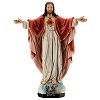



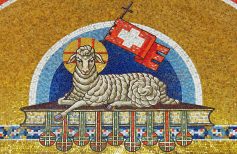
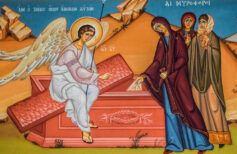
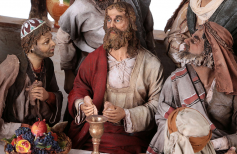

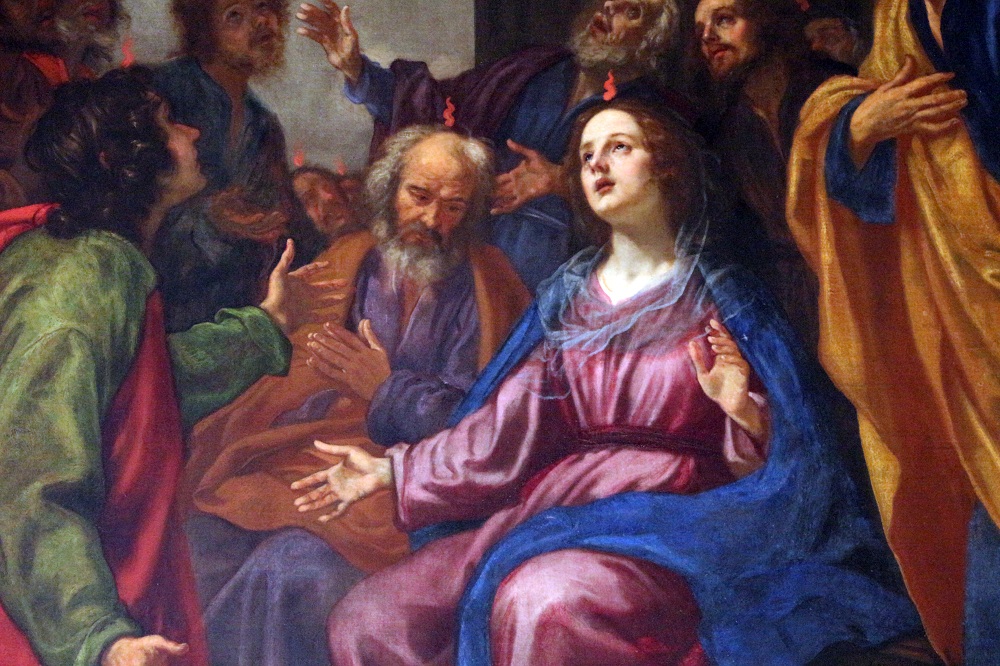
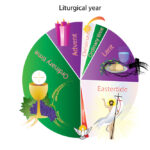
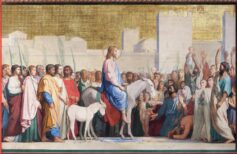
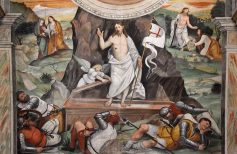







 5 June 2024
5 June 2024
